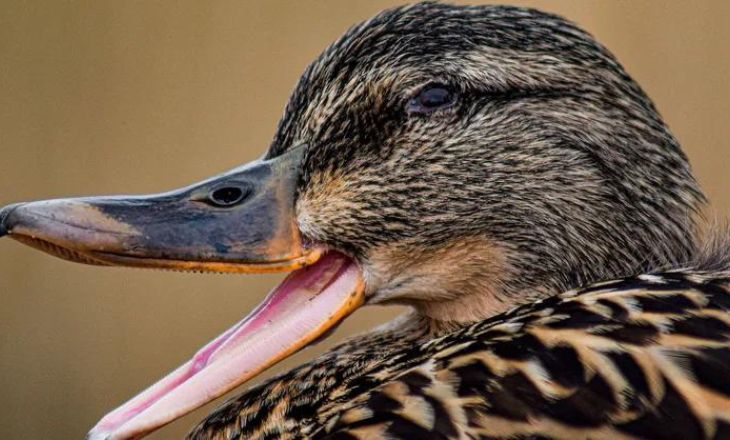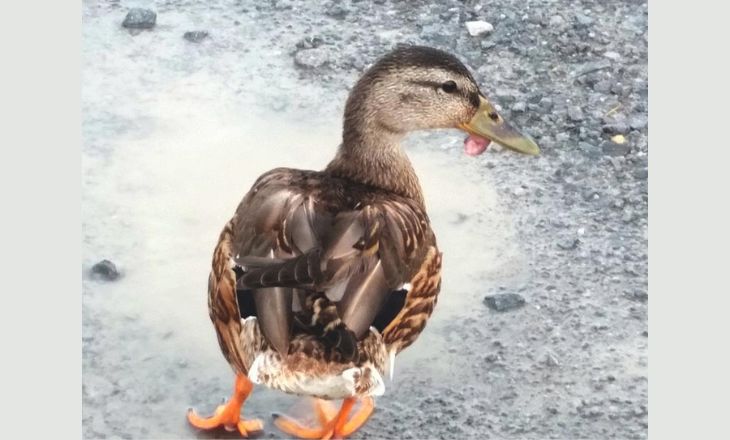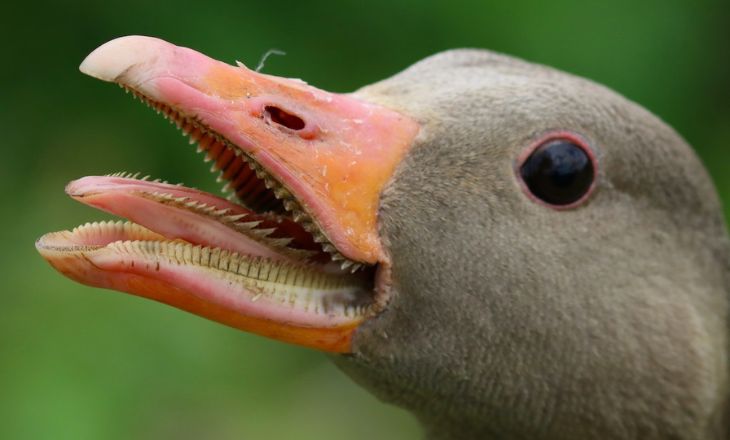A duck gracefully glides across a tranquil pond, its quacking echoing through the air, have you ever stopped to wonder about their tongues? do ducks have tongues this question may seem trivial at first glance, but delving deeper into this topic opens up a fascinating world of avian anatomy and behavior.
Join us on a journey to uncover the mysteries behind these feathered creatures’ mouths, exploring not only the existence of their tongues but also shedding light on do ducks have taste buds, how they use them to navigate their watery habitats and savor delicious morsels from nature’s bounty.
Do Ducks Have Tongues?
Ducks do indeed have tongues, although they may not be as visible as those of other animals. A duck’s tongue is flat and spatula-shaped, allowing them to easily scoop up food from the water.

Unlike humans, ducks use their tongues primarily for eating rather than vocalization. This unique adaptation helps them to thrive in their aquatic environments by efficiently consuming insects, plants, and small fish.
What is the anatomy of a duck’s tongue?
The tip of a duck’s tongue is often covered with tiny bristles called papillae, which aid in grasping and swallowing small aquatic organisms like insects and aquatic plants.
These papillae also help filter out excess water while feeding, allowing the duck to extract nutrients effectively from its diet, the specialized anatomy of a duck’s tongue showcases the remarkable adaptations that birds have developed to thrive in diverse ecosystems around the world.
Why Do Ducks Need Tongues?
The unique structure of a duck’s tongue helps them to manipulate and swallow food efficiently. Unlike humans, ducks do not have teeth to chew their food, so the tongue acts as a tool for moving food around in their mouths before swallowing it whole, ducks use their tongues to filter out water from the food they consume.
This allows them to extract essential nutrients while getting rid of excess liquid. The flexibility and sensitivity of a duck’s tongue also help them in grooming themselves and keeping their feathers clean. In essence, the humble duck tongue is not just for show—it is an essential tool that enables these aquatic birds to thrive in their natural habitat.
Do Ducks Have Taste Buds?
Ducks, like most animals, do have taste buds but their sense of taste is not as developed as in humans. While ducks can perceive different flavors to some extent, their taste preferences are primarily driven by the need for survival and identifying potential food sources

Ducks have around 400-500 taste buds compared to the thousands that humans possess, which explains why they may not be as discerning when it comes to food choices. What do you think can a duck eat lettuce or can a duck eat chocolate?
The taste buds of ducks are located on their tongues rather than distributed throughout their mouths like humans. This could imply that ducks rely more on texture and smell rather than taste when deciding whether or not to consume something. Despite this limited sense of taste, ducks still exhibit individual preferences and can distinguish between various foods based on familiarity and past experiences.
Do Ducks Need Tongues to Quack?
Ducks don’t actually need their tongues to quack. Quacking is produced by air passing through the duck’s larynx, creating a distinct sound, the absence of a tongue would not hinder a duck’s ability to vocalize its characteristic quack, some species of ducks such as the Muscovy duck have very small tongues which play a minimal role in their vocalizations.
Characteristics of a Duck Tongue
Although small and often overlooked, the duck tongue possesses a unique set of characteristics that make it intriguing to study.
- Bones
- Epithelium
- Lingual Nail
- Papillae
- Salivary Glands
- The flavor of Duck Tongue
Bones:
Unlike mammals, ducks have pneumatized bones in their skeletal system, which means they are filled with air sacs to make them lighter for flight. This adaptation helps ducks to be agile flyers and efficient swimmers.
Epithelium:
The epithelium lining the internal surfaces of the duck’s body plays a crucial role in protecting against pathogens and regulating temperature. It is rich in cilia that help move mucus and debris out of the respiratory tract, ensuring optimal lung function for these highly active birds.

Lingual nails:
These are minute structures found on the surface of some animals’ tongues, including certain bird species. These small projections aid in manipulating food while eating, providing extra grip and control during feeding. Despite their tiny size, lingual nails play a significant role in enhancing the feeding abilities of these creatures.
Papillae:
These are small structures present on the tongue’s surface that contribute to different animals’ unique feeding behaviors. These projections vary in shape and size based on the species and diet preferences, showcasing an evolutionary adaptation tailored to each animal’s specific needs.
From aiding in taste perception to assisting with food manipulation, papillae play an essential role in ensuring efficient feeding among diverse groups of animals.
Salivary Glands:
Duck tongues have a high concentration of salivary glands, which contribute to their juicy and succulent flavor. These glands release enzymes that break down food particles, enhancing the overall taste experience when consuming this delicacy.
The flavor of Duck Tongue:
When cooked properly, duck tongues offer a delicious blend of flavors that can range from savory to slightly sweet. The texture becomes tender yet slightly chewy, providing a satisfying mouthfeel that appeals to adventurous food enthusiasts looking for new culinary experiences.
Conclusions
As we explored do ducks have tongues, although they are not as prominent as those found in other animals. Ducks use their tongues primarily for moving food to the back of their mouths for swallowing. While they do have taste buds on their tongues, ducks rely more on their keen sense of smell to locate food in the water and on land.
Understanding the anatomy and function of a duck’s tongue can provide valuable insights into their feeding habits and behavior. Next time you observe a duck swimming or foraging for food, take a moment to appreciate the unique adaptations that allow them to thrive in their environment.
FAQs
What Is Duck Tongue Like?
The duck tongue is a small, tender, and flavorful part of the duck that is enjoyed in many Asian cuisines. The texture is similar to chicken feet, with a gelatinous outer layer and a cartilaginous center.
What Color Is A Duck’s Tongue?
A duck’s tongue is typically a dark shade of blue or black. This unique coloration helps them camouflage and blend in with their surroundings while foraging for food in the water. The color can vary slightly depending on the species of duck, but it is generally dark to help protect against predators and aid in their feeding habits.
- Can Ducks Eat Mushrooms? Unexplained Benefits and Risks - May 25, 2024
- Unveiled Capon Chicken: Capon Chicken Nutritional Benefits - May 25, 2024
- Can Goats Eat Cilantro? Exploring Benefits and Risks - May 24, 2024

